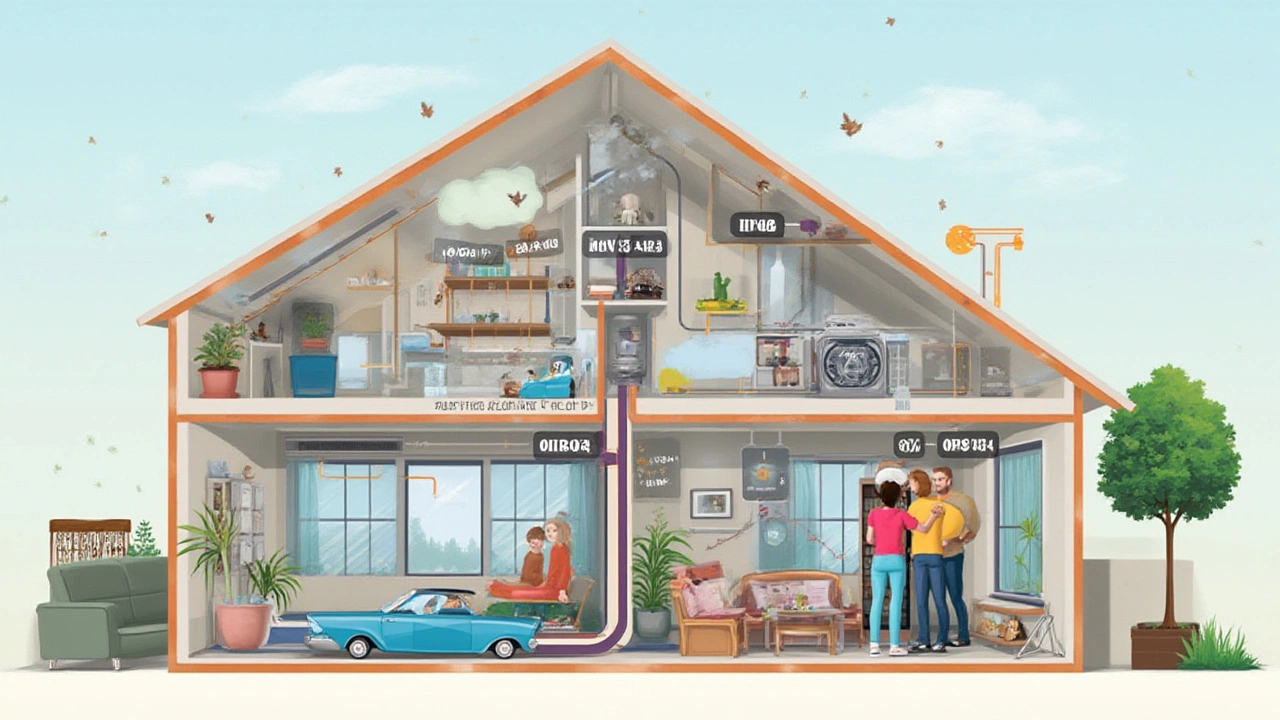MERV 13 Air Filters: What They Are and Why You Need Them
If you’ve ever wondered why some filters cost more or why manufacturers brag about a ‘MERV 13’ rating, you’re not alone. The numbers aren’t random – they tell you how well a filter traps dust, pollen, smoke, and even tiny viruses. In plain English, a MERV 13 filter is a high‑performance filter that catches most of the junk floating around in the air you breathe, whether that’s inside your car or inside your house.
Understanding the MERV Scale
MERV stands for Minimum Efficiency Reporting Value. The scale runs from 1 to 16. Low numbers (1‑4) grab big particles like sand and lint. Mid‑range filters (5‑8) catch dust and pollen. Once you hit 9‑12, the filter starts trapping smaller stuff like mold spores and some bacteria. MERV 13 sits right at the sweet spot: it blocks particles as small as 0.3 microns – think smoke, pet dander, and even some viruses.
Because it catches so much, a MERV 13 filter can improve engine life in cars that use cabin air filters, and it can clean the air in your home’s HVAC system better than a standard 5‑star filter. The trade‑off is a bit more resistance to airflow, so you might notice a small drop in fan performance if the system isn’t designed for it. That’s why it’s smart to check your vehicle’s manual or your furnace’s specs before swapping in a higher‑rated filter.
Choosing the Right MERV 13 Filter for Your Car or Home
First, confirm the size. Car cabin filters are usually rectangular and have specific dimensions printed on the old filter. Home filters are typically 16x20 inches or 20x25 inches, but they come in many sizes. Buy a filter that matches the exact dimensions – a wrong size can let air bypass the filter, undoing the benefit.
Second, think about your driving or living conditions. If you live in a dusty area, have pets, or suffer from allergies, a MERV 13 filter can make a noticeable difference. For city drivers dealing with traffic smoke, it helps keep the cabin air fresher. If your HVAC system is older, you might want to start with a MERV 11 filter and see how the system reacts before jumping straight to MERV 13.
Third, plan for replacement. Higher‑rated filters trap more particles, so they can clog faster. A good rule of thumb is to check them every 3‑4 months and replace them at least twice a year. Some people set a reminder on their phone after changing the filter – it’s a tiny habit that saves you from breathing stale air.
Finally, balance cost and benefit. MERV 13 filters are pricier than basic ones, but the health boost and potential engine protection can outweigh the extra spend. If you’re on a tight budget, look for bulk packs or store‑brand options that meet the MERV 13 rating.
In short, a MERV 13 filter isn’t just a marketing buzzword. It’s a solid upgrade for anyone wanting cleaner air, less dust on the dash, and a healthier ride or home. Check the size, match it to your system, and swap it out on schedule – you’ll notice the difference in the next breath you take.
 17 July 2025
17 July 2025
Does a MERV 13 Air Filter Harm Your AC? Pros, Cons, and Real-World Tips
Wondering if a MERV 13 air filter will mess up your AC? I'll break down what really happens, the risks, and smart tips to keep your HVAC safe and air clean.
 8 December 2024
8 December 2024
Is MERV 13 the Right Choice for Your Home Air Filter?
Choosing the right air filter for your home can significantly impact indoor air quality and HVAC system efficiency. MERV 13 filters are known for their effectiveness in removing airborne particles, but homeowners often wonder if they're suitable for residential use. This article breaks down the benefits, potential challenges, and practical considerations of using a MERV 13 filter in your home. Discover if this filter level is the best fit for your household needs.
Latest Posts
-

Should I Drive with a Bad Fuel Pump? Risks, Signs, and What to Do Now
-

What Helps a Bad Fuel Pump? Fixes, Temporary Solutions, and When to Replace It
-

Spark Plug Life Expectancy: How Long Do They Really Last?
-

What's in a Suspension? Understanding the Essential Parts
-

Make Your Car AC Cold Again: Simple Solutions to Beat the Heat

0